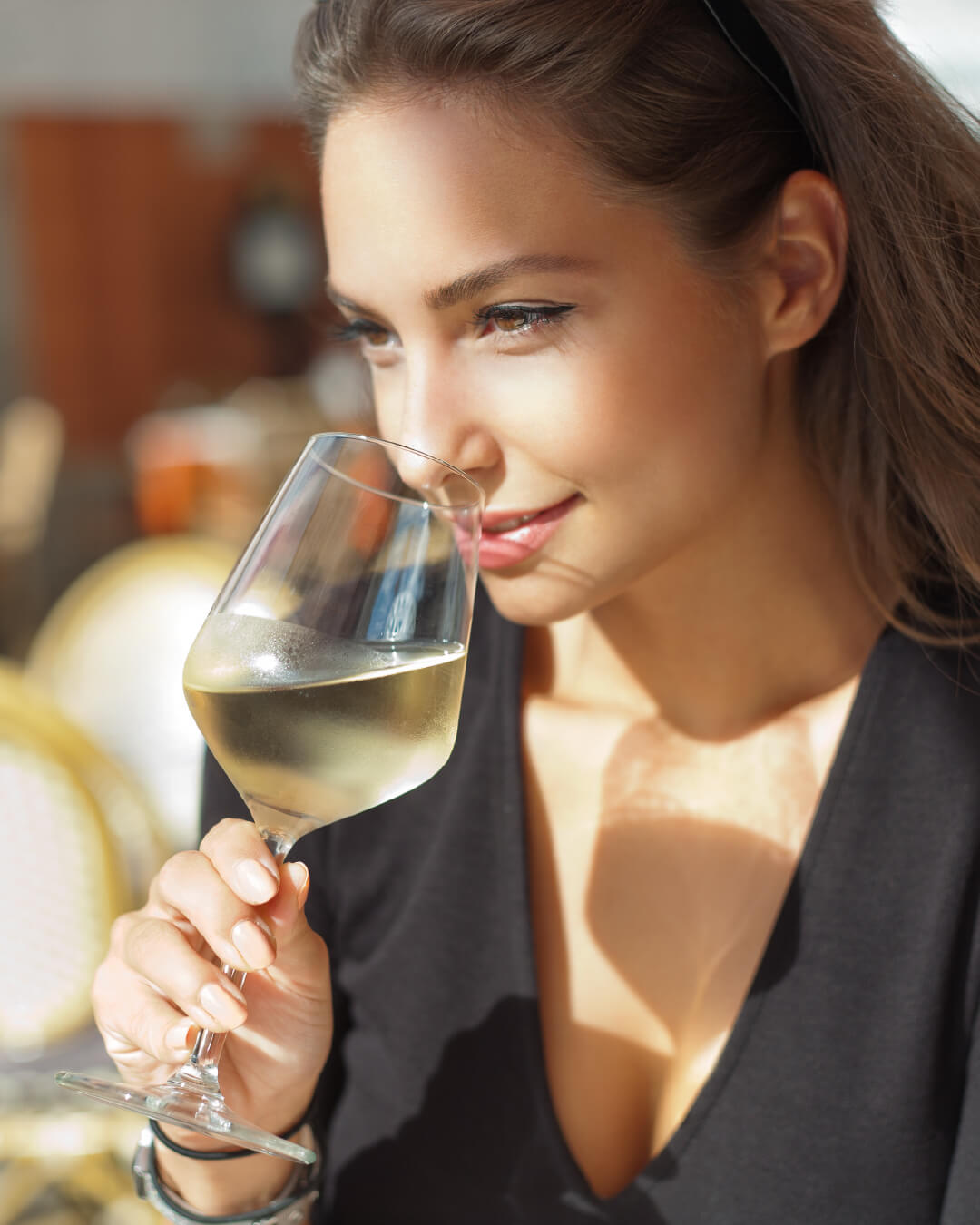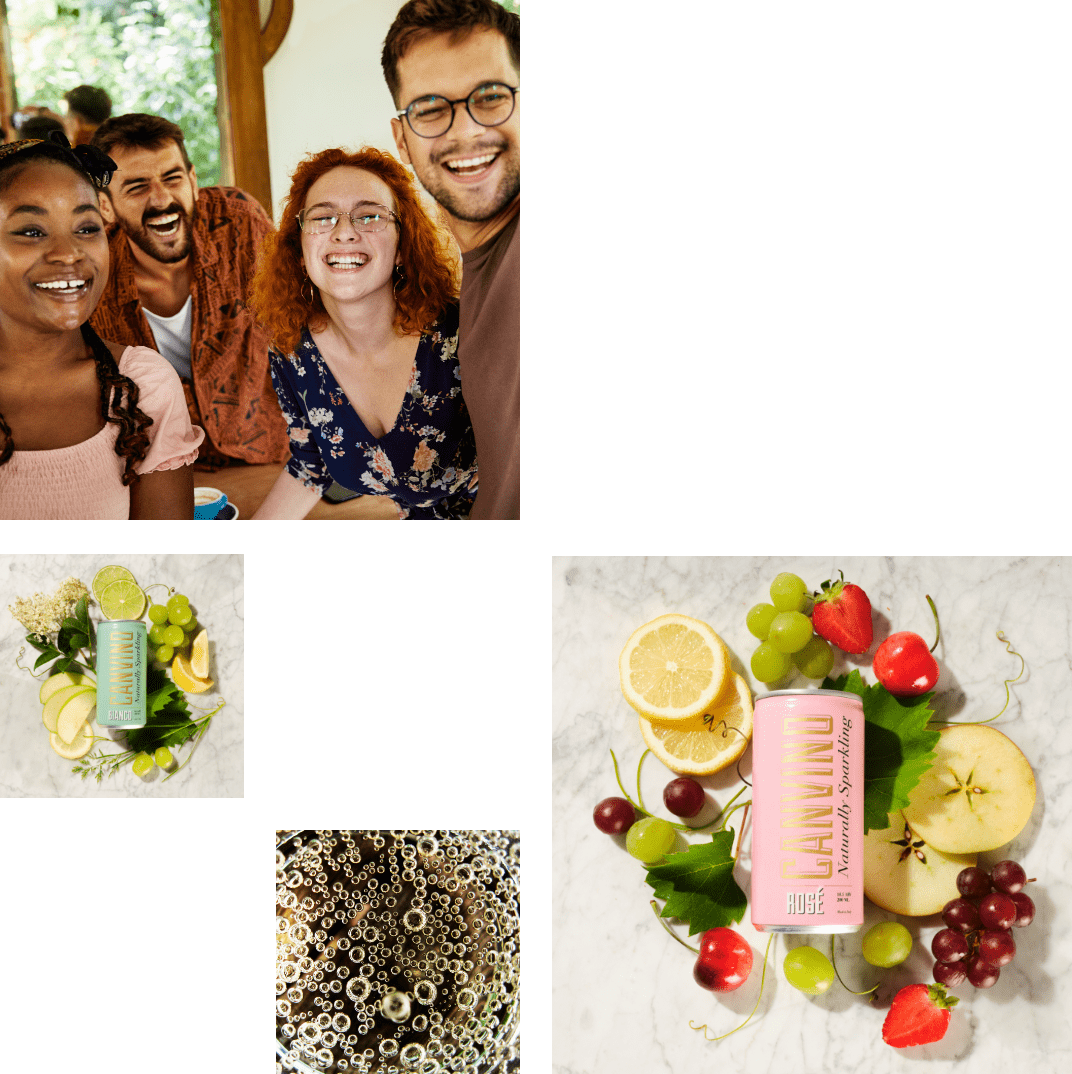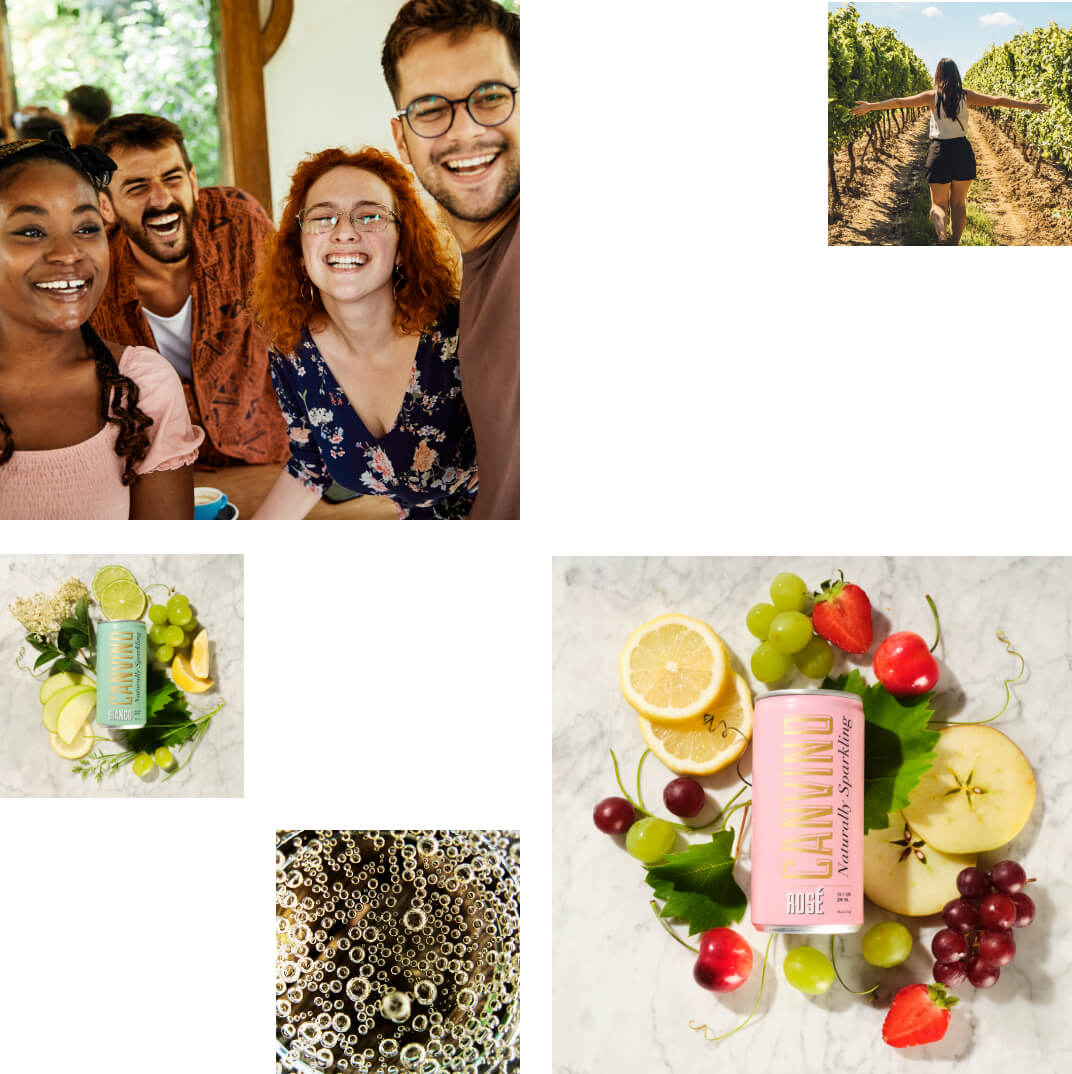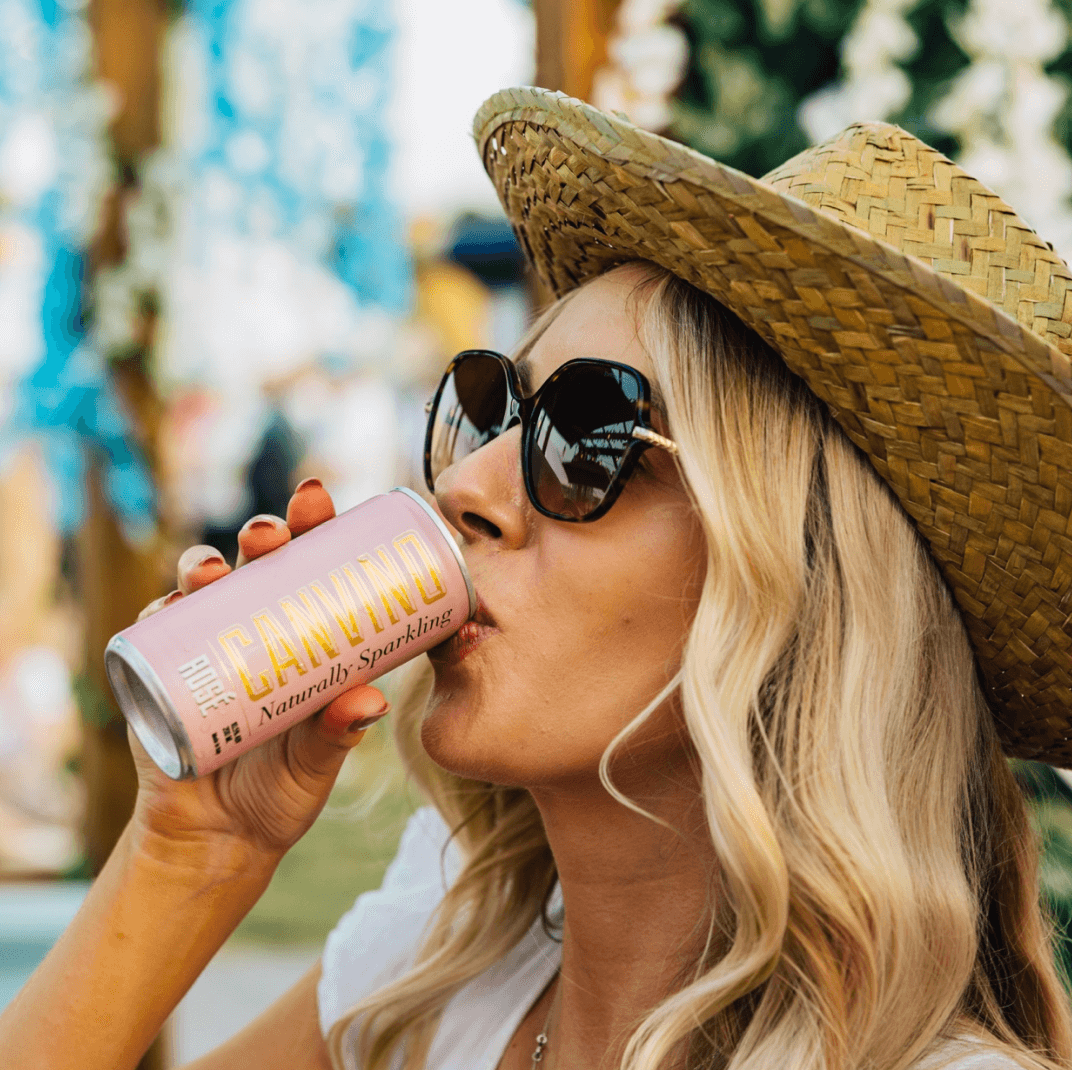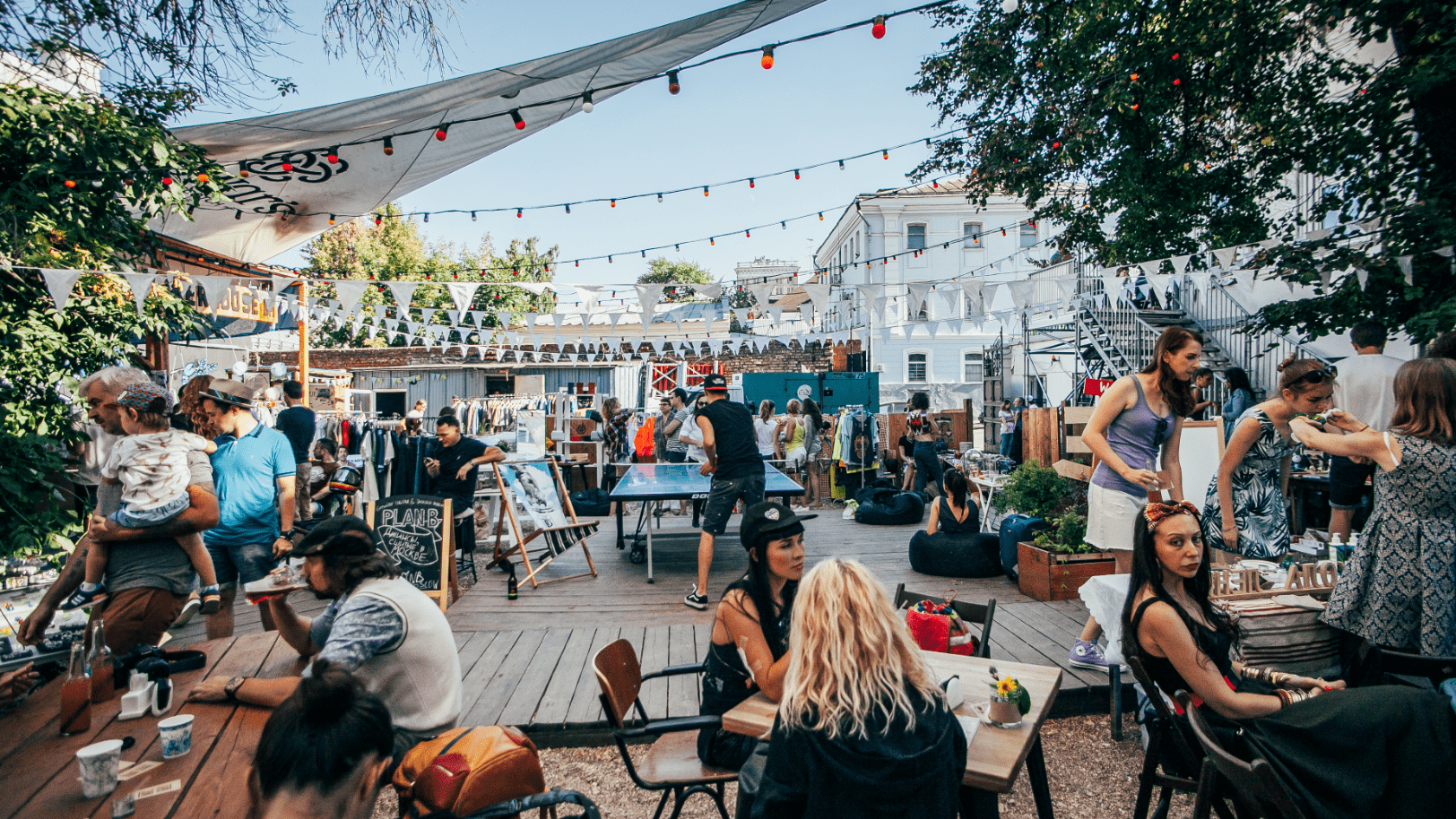Have you ever been one of those people in a restaurant who awkwardly says yes when the waiter asks: “would you like to try the wine?”We’ve all been there…that dreaded moment when we have no idea what to do or how to respond in a way that doesn’t make you look like a blundering fool. If you feel ashamed of being confused by descriptions like ‘buttery’, ‘oaky’ or ‘vanilla-flecked’, don’t be, as wine connoisseurs are known for getting carried away with a wine note. Though there’s an awful lot of meaning behind the jargon, we’ve put together a simple-three step guide to make your next wine taste that little bit less daunting. Best bit is that you don’t even have to be a sommelier or MW to take enjoying your wine seriously, just sip, say a descriptive and that’s it, people will instantly think you are a know it all.
Observe…
As soon as you get given a can (or glass) pour and observe on a clear white background. Look at the wine with eagle eyes and think about everything from its colour to its brightness and clarity. Ask yourself is your wine light, is it lemon cloudy or is it of a honeyed complexion? White wines are obviously never actually white: they range from very pale greeny-yellow to gold; reds go from the lightest cherry-pink to deep, inky purple and become lighter with age; and rosés come in a dazzling kaleidoscope of colours, from the palest Provençal pink to big, brash cherry-coloured beauties. The paler, the better. For sparkling wine, look at the bubbles as well as the colour. Small agile ones scream quality whereas larger spheres suggest someone has been cutting corners during the winemaking process.
In a nutshell, colour indicates everything from quality to how good the winemaker is, so keep your eyes peeled for the sake of your wallet and your palette.
Give it a good sniff and a good swirl…
People often forget that smelling a good wine is just as good as tasting it. Ask any sommelier and they’ll often rave that sniffing a barrel is almost infinitely superior for the senses. You’ve also probably seen them swirling glasses hours on end. The reason they do this is to release all the volatile compounds (where the real excitement lies) in the wine – hec, even swirling wine in the opposite direction can change the flavour of the bottle entirely.
So how do you do it properly? Put your nose as far in the glass as you dare and take a good long sniff. Wine is made from fruit so your first nostril kick should be something nice and ‘fruity’. Spend time identifying all the notes and no matter how bizarre, say the first thing that pops into your head aloud. What else can you pick up? Spice? Try to identify which, from cloves to something peppery or something along the nutmeg lines. Oh, and just in case you were wondering, it’s the spice that identifies the barrel. Intensity is also important. Some wines you can smell from the other side of the room, some you really have to concentrate to pick up anything. Generally, ‘better’ wines will have a more potent and complex bouquet.
The final step…
Take a small sip and work it around your mouth. Try to pinpoint flavours and consider texture, particularly in reds. Now let your tongue do the talking. If the wine is sweet, ask yourself is it balanced or cloying? If there is an element of salinity – consider if it’s refreshing or out of kilter. Acidity gives a wine freshness but too much can kill your tastebuds, so getting to know terms like fresh, crisp or plain sharp will make it look like you know what you are on about.
Finally, how does the wine finish? Does the flavour evolve and linger in the mouth after swallowing? Is it short and insipid or long, complex and multi-layered? A really good wine will often keep giving you waves of different flavour elements for a while after you’ve swallowed, while lesser-quality wines are often described as having a ‘short’ finish.
And there you have it, you are now a self-certified wine expert.


